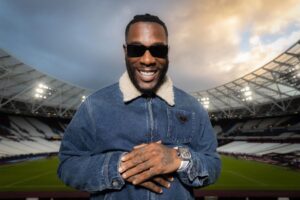It goes without question that I am a fan of hair jewelry and accessories, especially for braid styles! Hair accessories have been around for centuries, from feathers, to wreaths, to hair bands, and flowers. Decorating a woman’s hair has always been a beauty statement, just as important as makeup is for today’s generation.
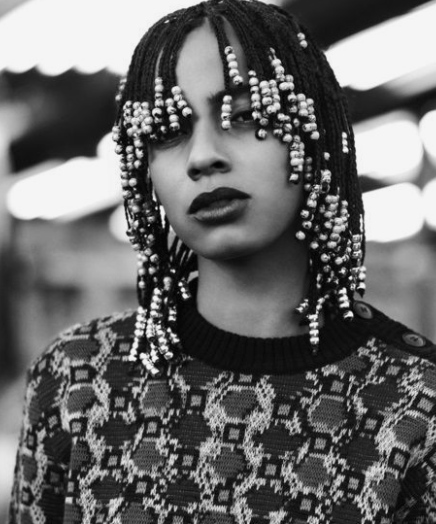
“Just about everything about a person’s identity could be learned by looking at their hair,” Lori Tharps, co-writer of the book Hair Story told BBC Africa about early African braiding practices.
Different cultures have their history of hair accessories, used as markers of social standing. ,The Victorians mourned their loved ones by wearing hair jewelry. In those days it was considered improper for a woman to have loose strands of hair around her face, meaning that hair pins were frequently used to hold the hair back. West Africa is popular for it’s beads which are a key part of the cornrowing process, which originated in West Africa but quickly spread throughout the continent, before being brought over to the rest of the world. The Japanese and other Asian countries wore hair forks and chopsticks. The sticks, which were sometimes more of a fork, would be used to hold long hair in place, after it had been wrapped around the head and then knotted.These accessories were worn in Japan well into the 20th century, but they slowly died down after that because they chose to do European hairstyles, along with clothes, instead. Hair forks and sticks can be traced back to other cultures, too.
Native Americans made use of hair accessories made from a variety of different natural materials, and were usually always carved in quite an elaborate way, giving them a very ornamental look. Ornate headdresses and breastplates would be worn for participation in special ceremonies. Turquoise is especially important to many southwestern Native American tribes.
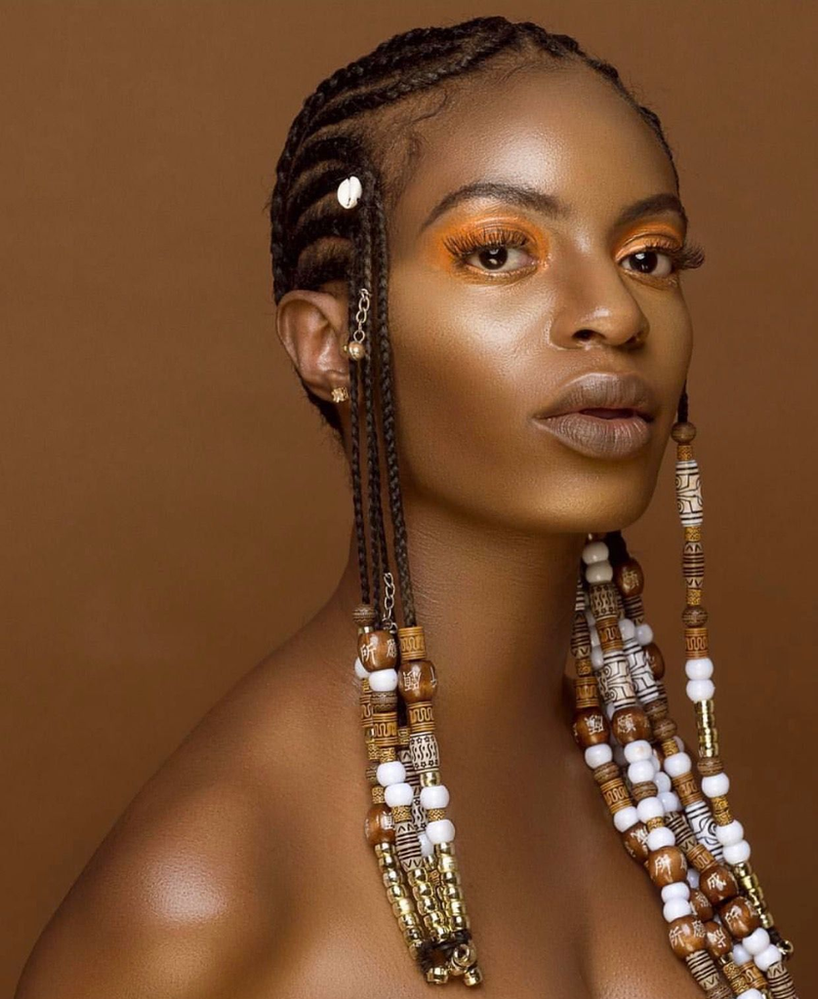
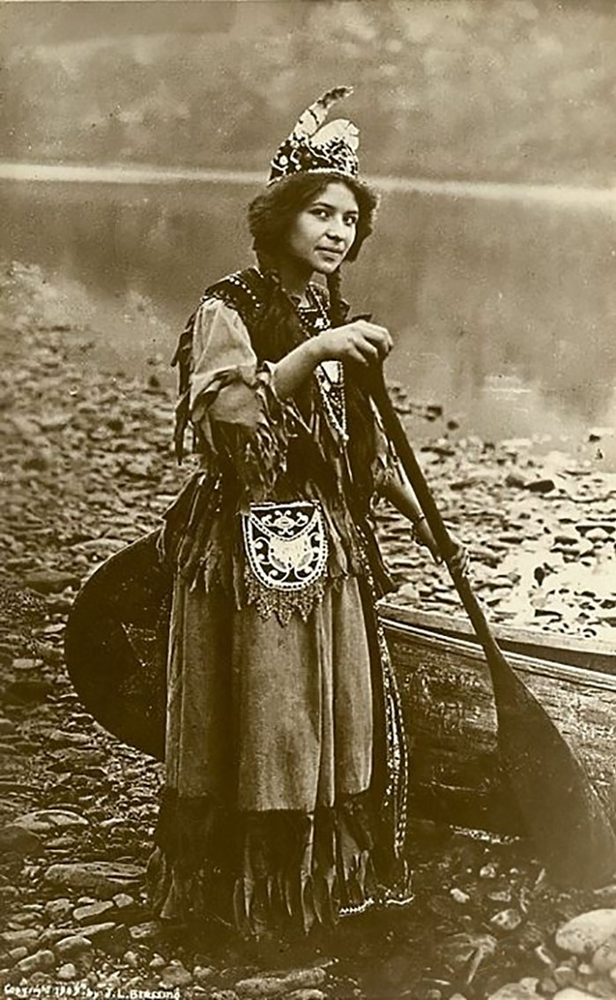
The fact that hair accessories are not only for style, but also functional, is what has given them staying power. Hair accessories are of major importance all over Africa! In Nigeria, coral beads are worn as crowns in traditional wedding ceremonies in various tribes. These crowns are referred to as okuru to Edo people, and erulu to the Igbo culture. In Yoruba culture, an Oba’s Crown, made of multicolored glass beads, is worn by leaders of the highest authority. East African Habesha women from the northern regions of Ethiopia and Eritrea, drape their cornrow hairdos with delicate gold chains that will fall past the forehead. The Hamar tribe in the Southern Omo Valley are popular for wearing their hair in cropped micro-dreadlocks dyed with red ochre. They use flat discs and cowrie shells to highlight styles. Some of the earliest beads to be used as adornment were found in 2004 at the Blombos Cave site near Cape Town. They were made from shells and date back 76,000 years.
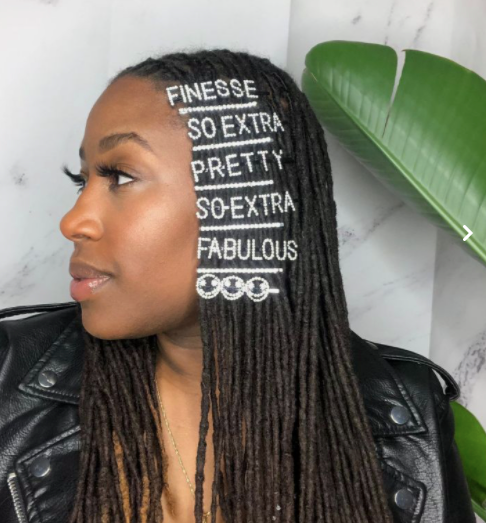
Today, hair jewelry has become less of a status symbol and more a stylistic one.
It represents individualism and—more symbolically—a pushback against what is considered “white beauty standards.” Black women also associate the styles with their African heritage. Black celebrities and models have began embracing natural hair and the natural braid look, making hair jewelry an even bigger statement. In 2020, Cosmopolitan magazine recognized pearls in hair as a trend!
The pearls at Andrew Gn were fastened to crisp cornrows and sleek topknots, giving them a definitively modern, Insta-worthy vibe for spring 2020.- Cosmopolitan
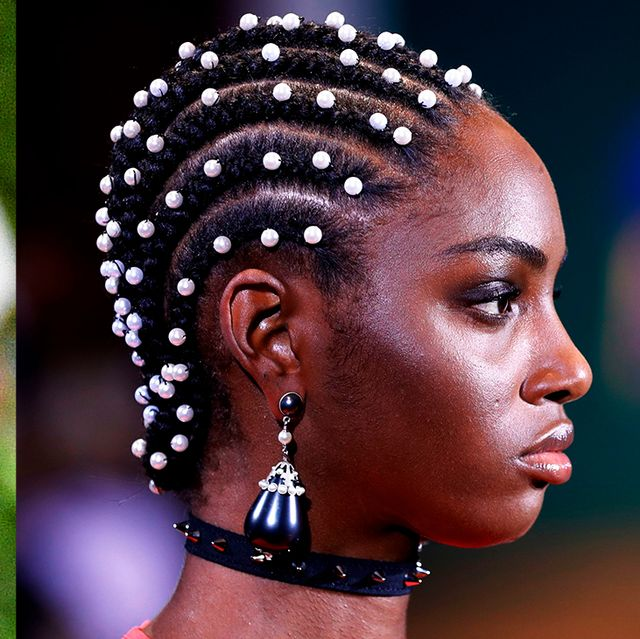
They also brought up that box braids and braids in general will never not be a trend, but for the models at Pyer Moss, they were especially front and center, with beads and golden flowers adorning the lengths of the models’ hair. Whether it’s protecting our hair, giving us a break from day to day maintenance, or just trying a new style, what is a trend to society is a Black woman’s every day culture and history.
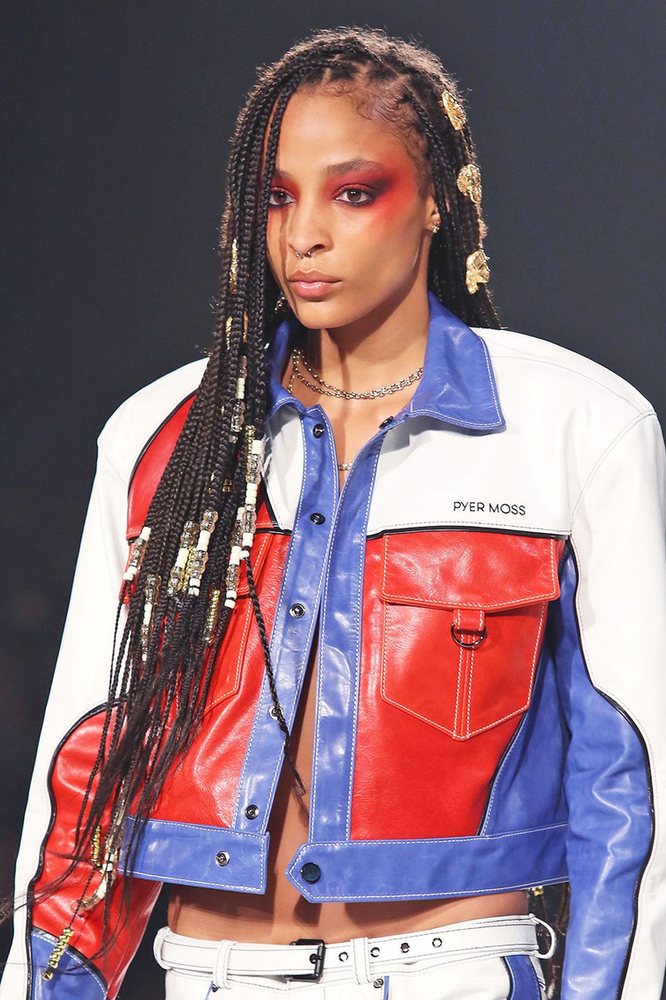
The sad thing about this culture appropriation, is when black hair styles are considered “cool to wear,” then it is suddenly a “trend” and other cultures rush to wear their hair this way. When once upon a time, the way Black people wore their hair (if in a natural state) was considered “dirty”,”inappropriate,” and “unprofessional.” Even nowadays, people are still fighting school systems and work places on what is an appropriate hair style, when a person’s hair shouldn’t define if they can work or learn.
But, now that braids are trending and the more embellishments in the hair, the better, we see it everywhere!
Let us recognize, though, these particular styles aren’t meant for every culture and it may not be wise to try with certain hair types. I have seen countless times when a white person tries to cornrow their hair like ours and they end up with split ends and terrible breakage. Some braid styles can last up to 3 months in Black women’s hair when properly taken care of, but with stringy, straight hair, these braids barely last two weeks.
Nevertheless, some Black women would argue that these other cultures are once again taking our styles; hair jewelry and all. In the picture below a white woman has her hair dreaded with silver pieces and ribbons. Dreadlocks have been around for ages in countless civilizations and among several distinct people. It is hard to really know where dreadlocks first came from since earlier civilizations didn’t have hairstyling tools back then and were most likely roaming around with matted hair; regardless of their origin or race. Despite all, we do know where we see dreadlocks at mostly and that is Rastafarianism. This was born when Ras Tafari (crowned emperor of Ethiopia) was forced into exile during an invasion and his followers(guerilla warriors) swore to not cut their hair until he was reinstated. Their dreadlocks were thought to be disgusting and frightening by Christianity, hence the term ‘dread’ which was later reclaimed by the ‘Rasta’ community. So, when we see other cultures claiming this type of style, we easily look sideways at the meaning behind why they are choosing to wear this style despite their history of being against it.
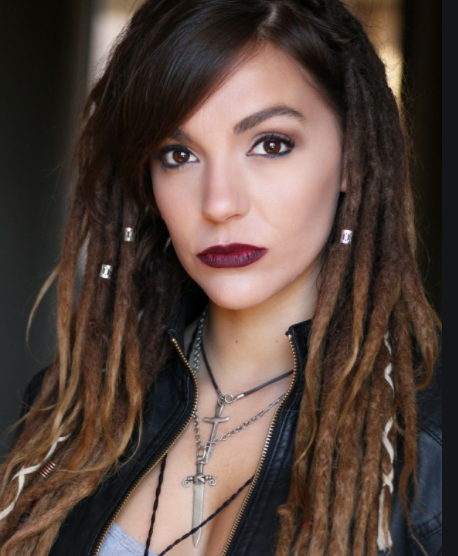
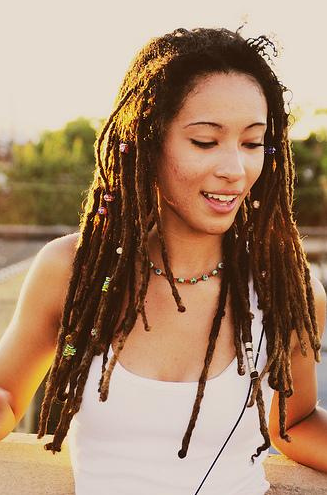
Unfortunately, in today’s society, the media would praise the left picture over the woman in the right picture, even though in my opinion, the sister on the right is way more authentic and captures the essence behind the dreadlocks quite beautifully.
Regardless, hair jewelry, especially in braids, remains an African tradition, upheld by Black women—and men in many instances—across continents. We have never fully swayed or taken away from our hair heritage, even when white society tried to make us think that straight hair was the only pleasing and acceptable hair style. Now, I can walk down the street with my single braids and jeweled out pieces and get compliments left and right (true story).
“The demand is really high, everyone wants accessories, because we’re getting back to our culture, back to our identity,” says Susy Oludele, Nigerian celebrity hair stylist who worked with Beyonce, Solange and Zoe Kravitz.
Today, hair jewelry has become more available in Black salons and hair stores. Women across the Black diaspora wear hair accessories with contemporary interpretations of African hair designs frequently. They’re a go-to for natural hair artists and style influencers, who consider it an expressive way adding daring color and dazzle to looks. We see them in Venus and Serena tennis games, Solange’s “Do not Touch my Hair” music video, Janelle Monae’s Fall-Winter 2020-21 Ready-to-Wear Chanel show in Paris, and many more! Natural Black hairstyles with decorative accessories will increasingly become popular and will always remain ours as we continue the legacy of proclaiming our “Blackness” our “traditions,” our “culture” and our “African history.”
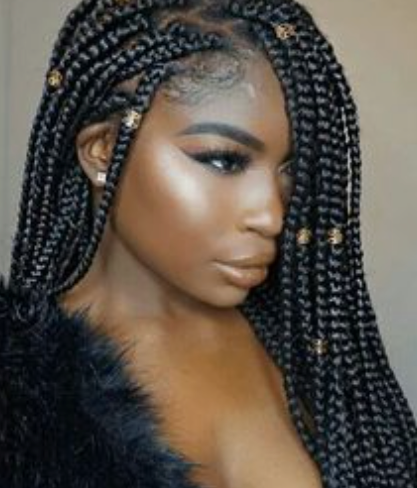
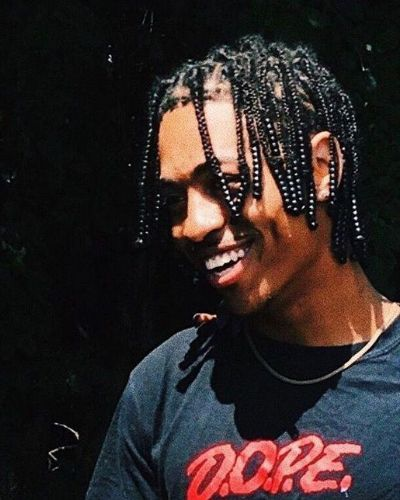
Powered by WPeMatico

